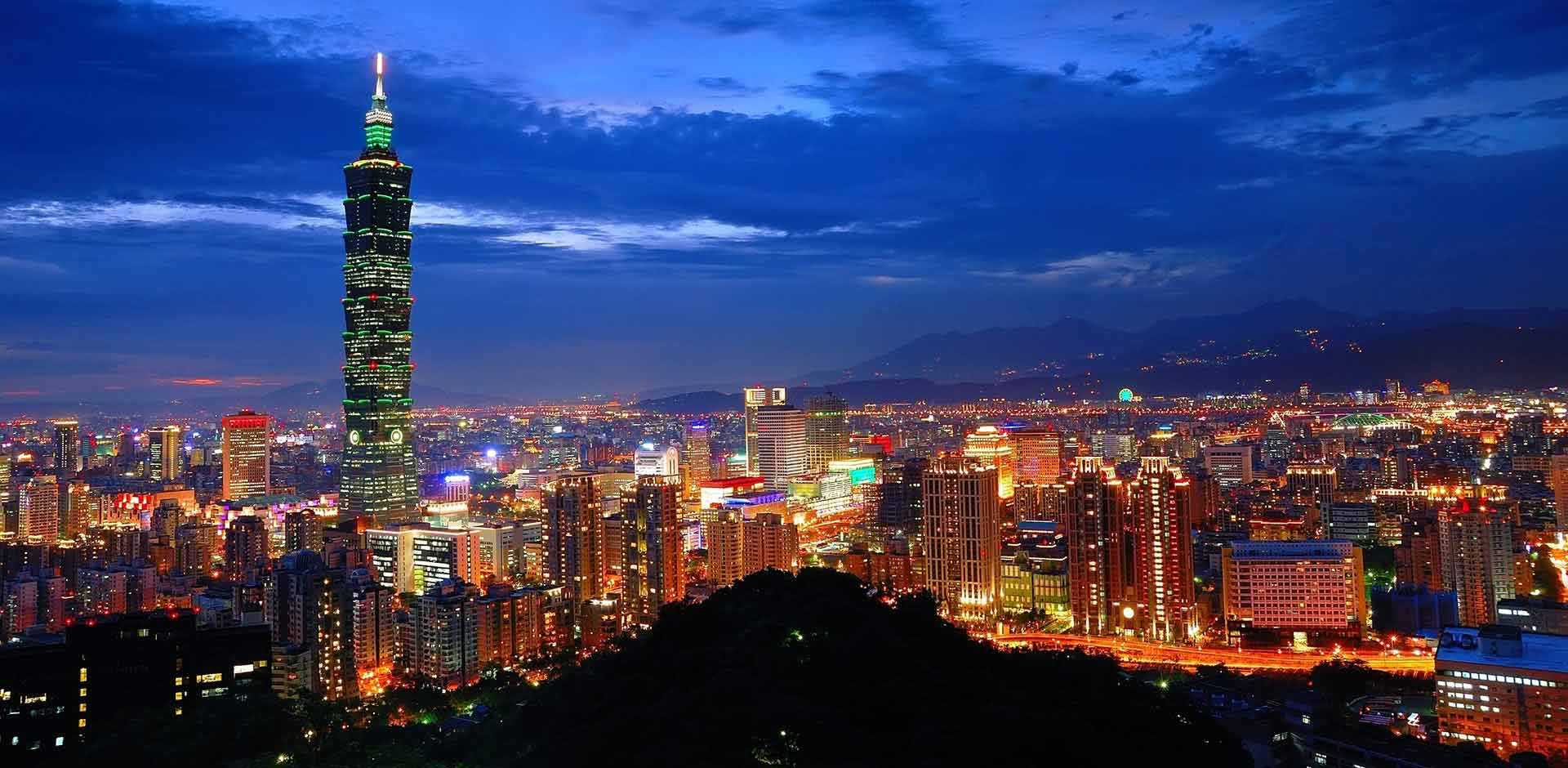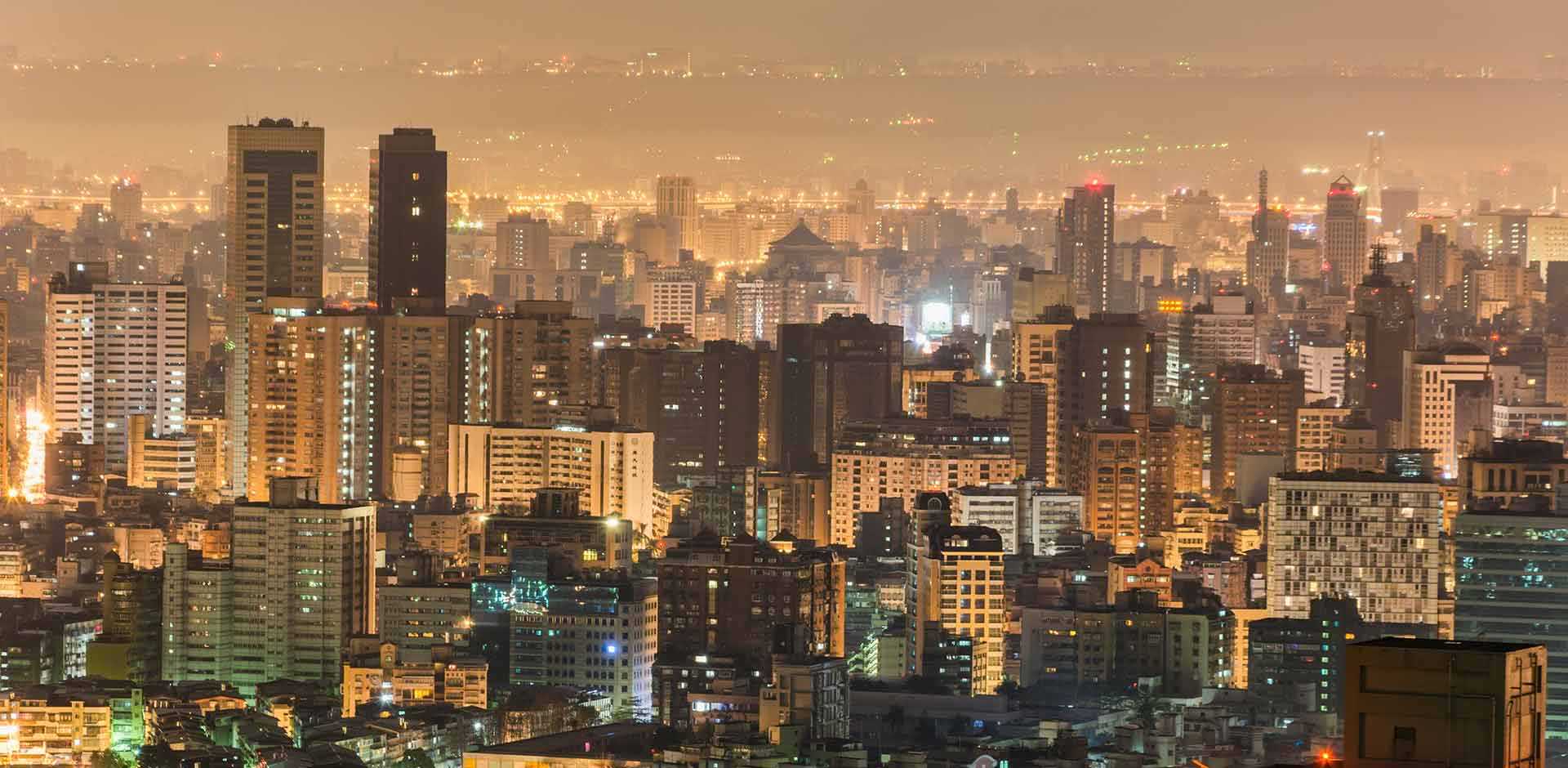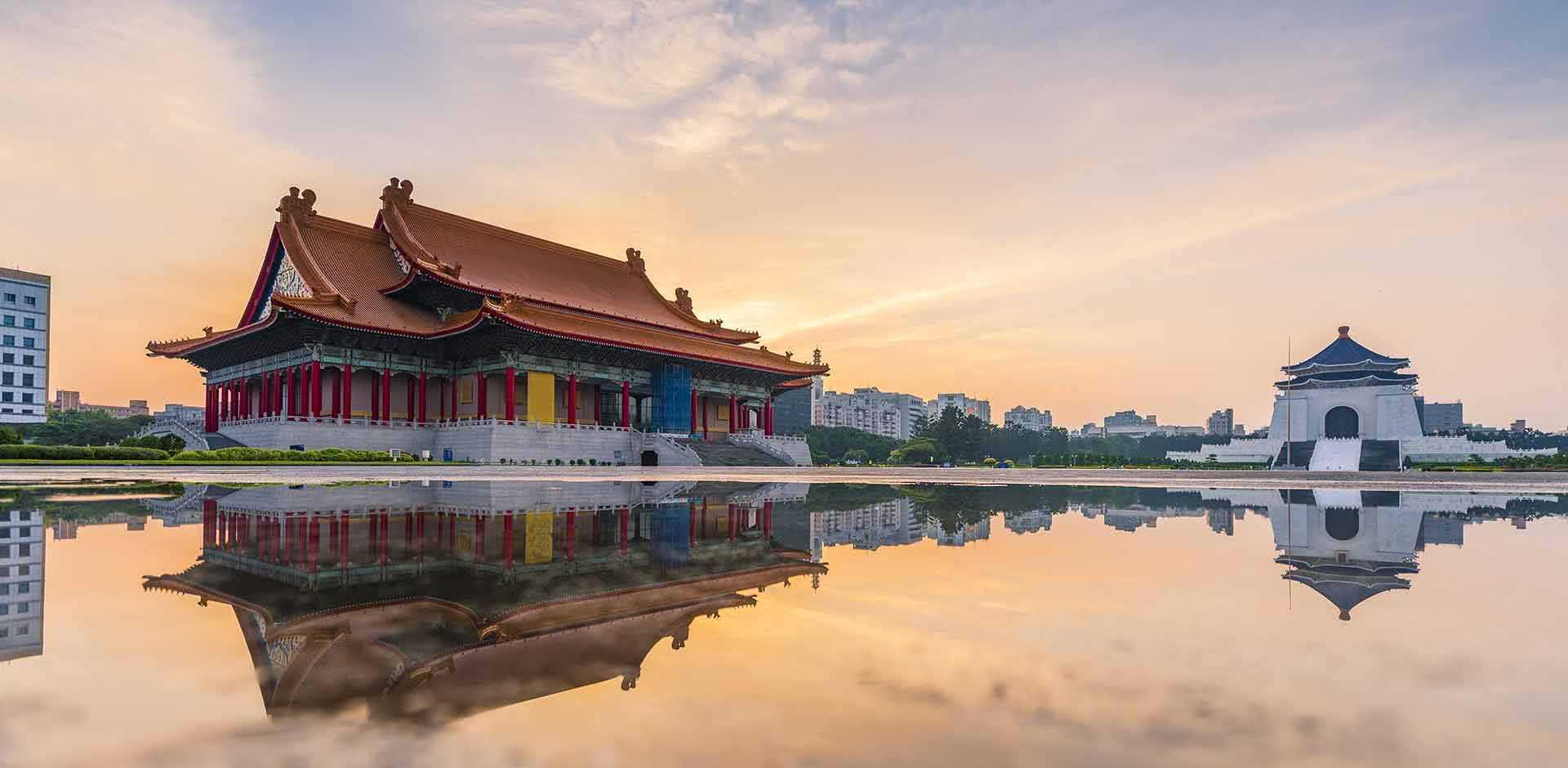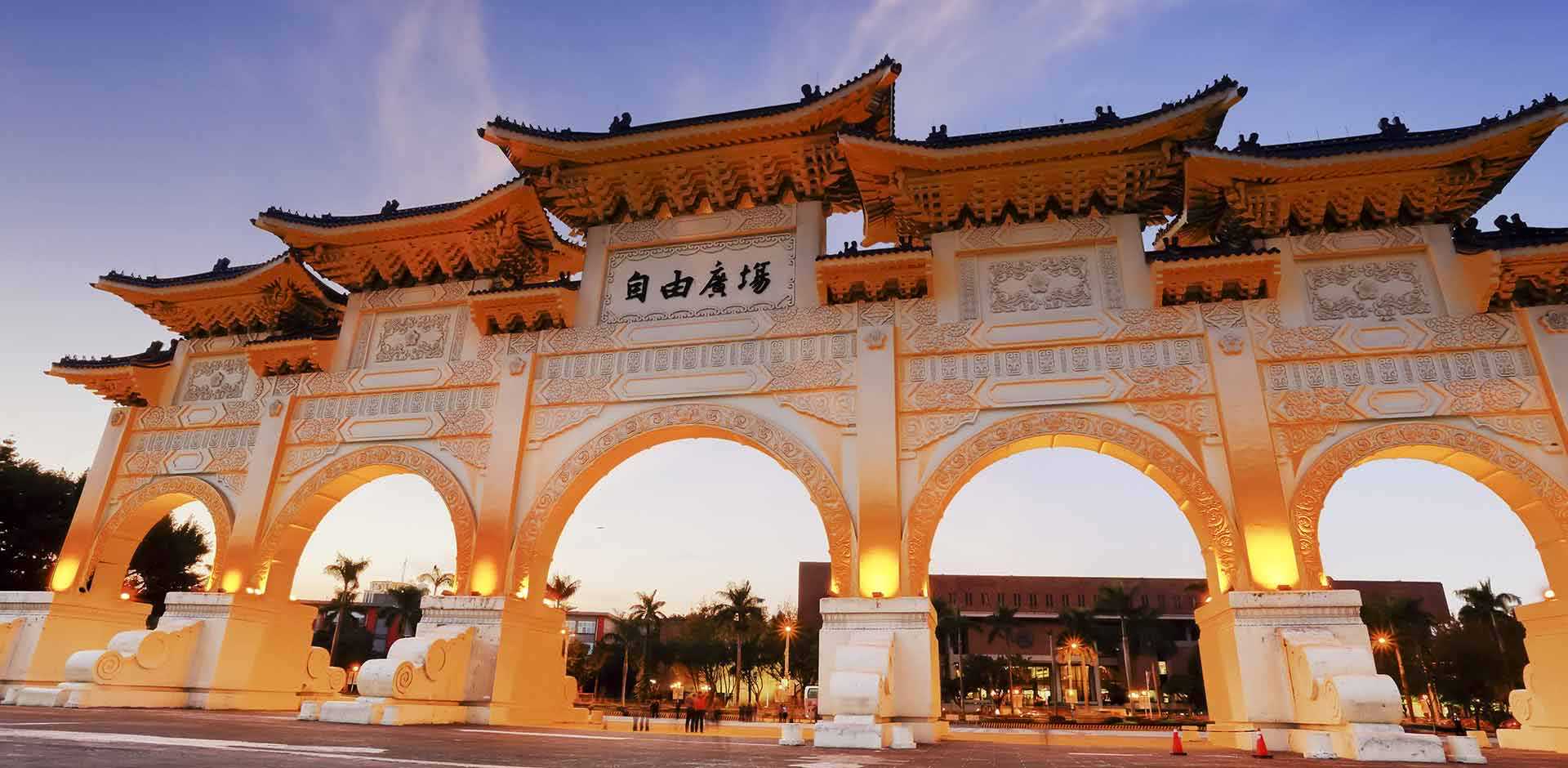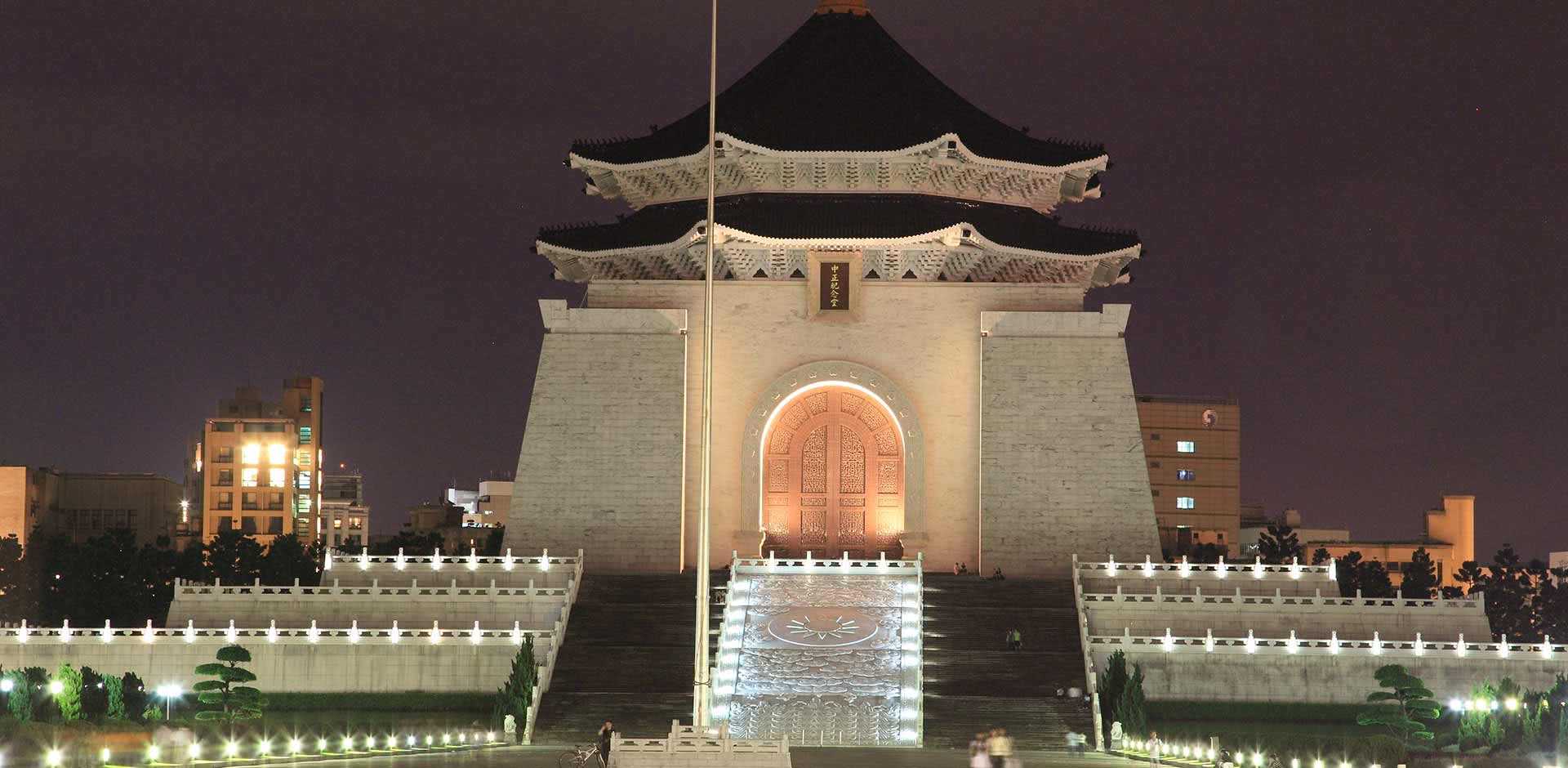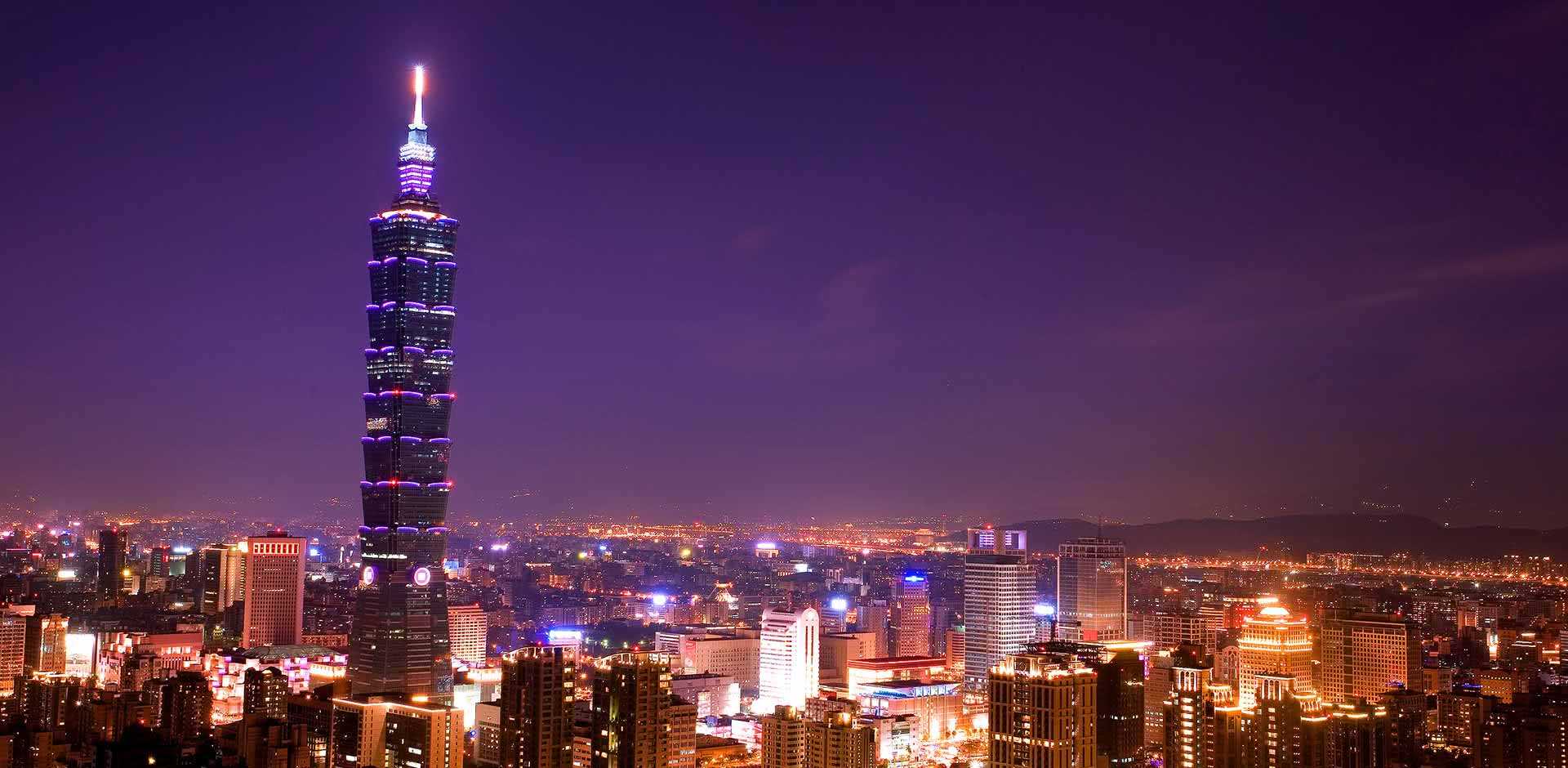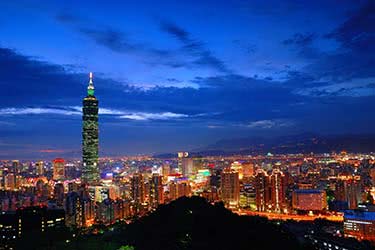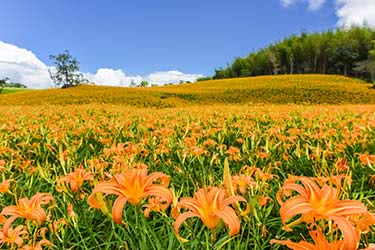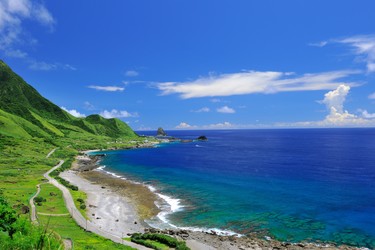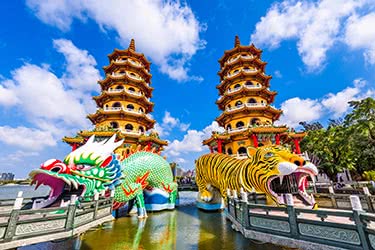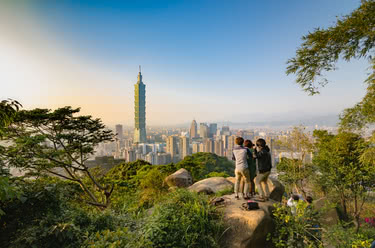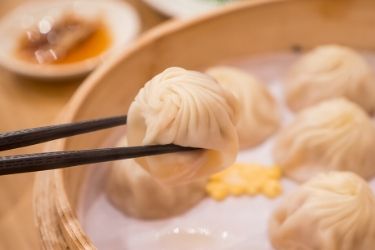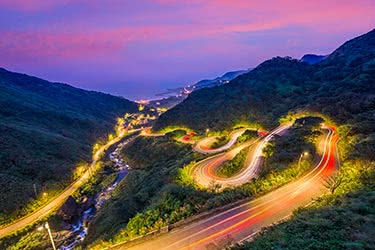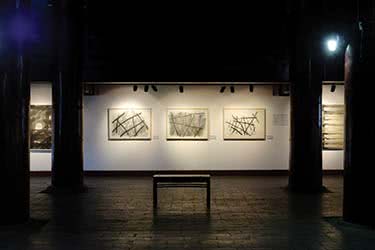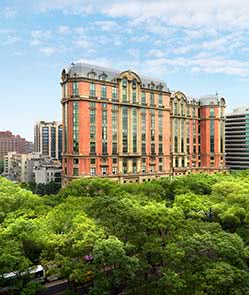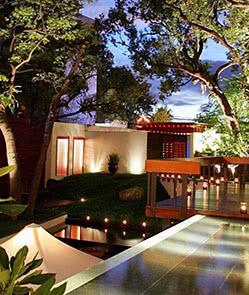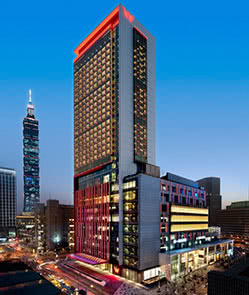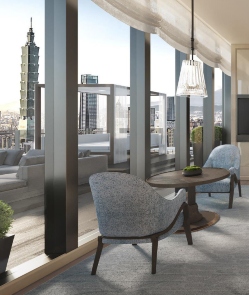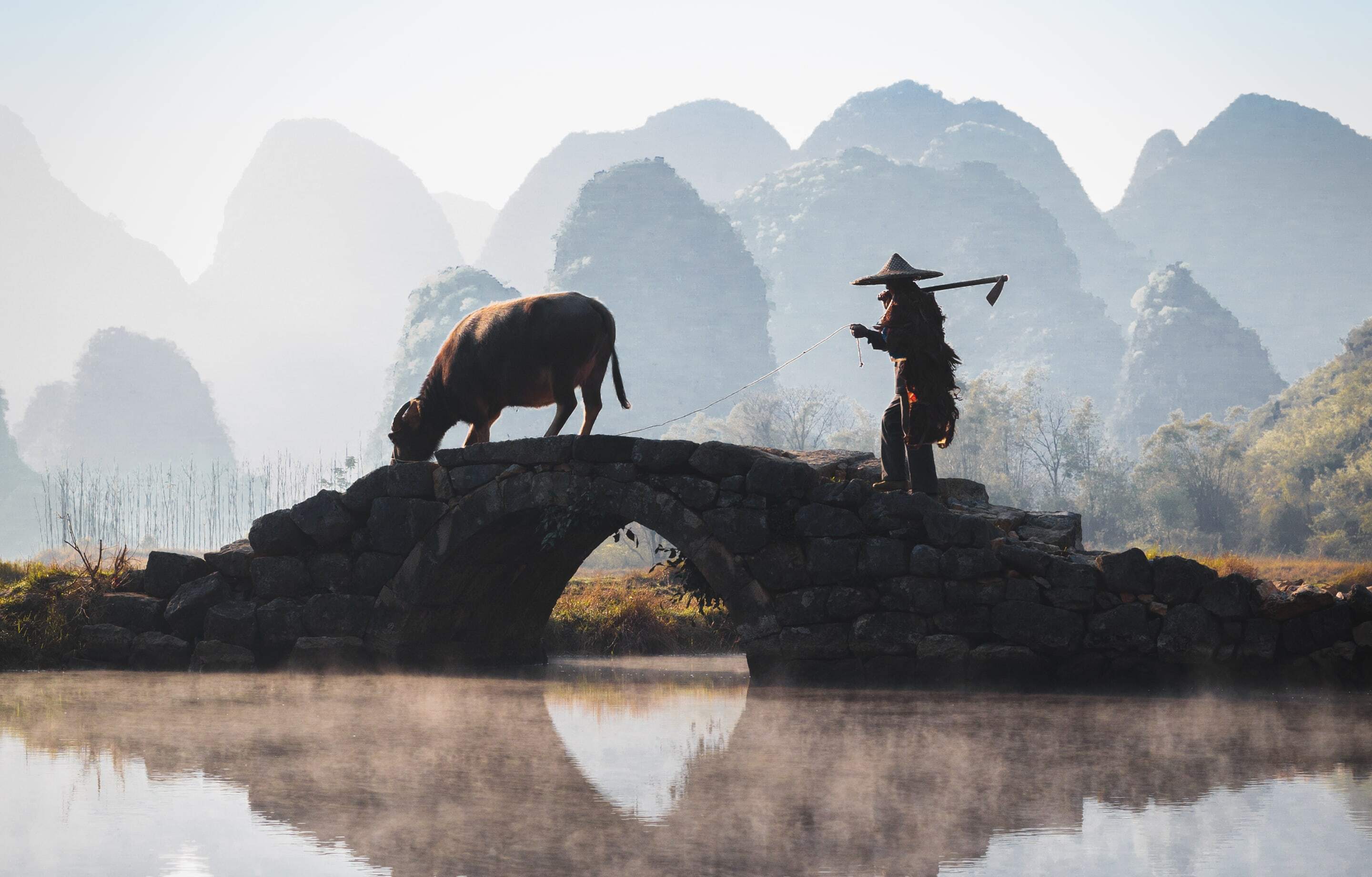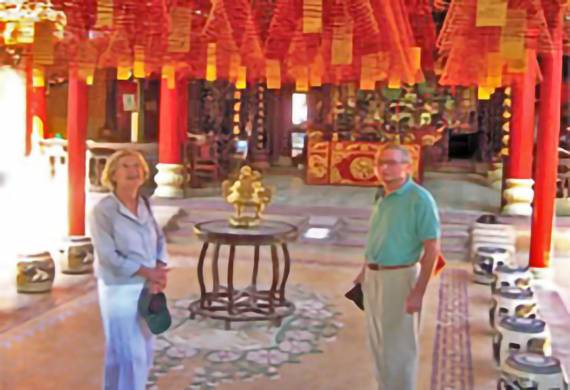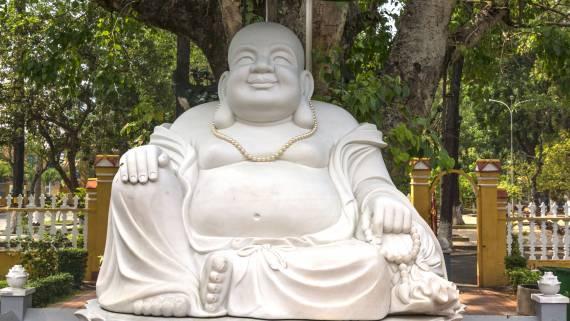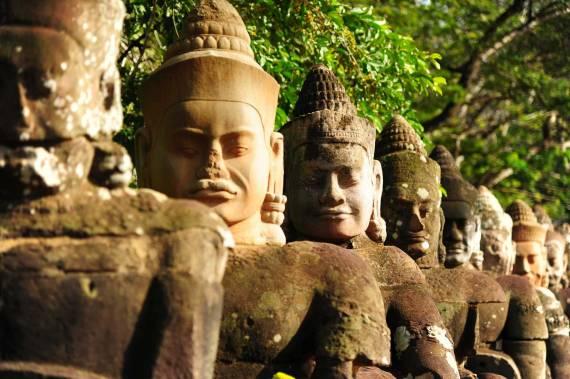Experiences
A handpicked selection of experiences endorsed by our experts. If you can’t see what you’re looking for, let us know, as our extensive network of local contacts can open many doors.
228 Peace Park
Located in the heart of Taipei, the 228 Peace Park is dedicated to a tragic incident that began on February 28, 1947. After long-simmering tensions between Taiwanese locals and Nationalist Chinese troops boiled over, spontaneous protests broke out across Taipei, all of which were put down violently. Estimated casualties range from 10,000 to 30,000 people; indeed, so traumatic was this event that many historians believe it served as the catalyst for the Taiwanese independence movement.
Today, the tranquil confines of the 228 Peace Park bely the bloody history that it commemorates. For a closer look at the 228 Incident, visit the Memorial Museum, located within the confines of the park. The Museum contains a series of displays and exhibits on both the incident itself as well as the circumstances behind the event.
Longshan Temple
Visit Longshan Temple, where the strong scent of incense and the humming of prayers overwhelm the senses. Built in 1738, the temple features classic Taiwanese architecture styles mixed with design elements from southern China. Although the temple is officially Buddhist (it is dedicated to Guanyin, the Buddhist representation of compassion), Daoists and worshippers of aboriginal folk deities come here as well.
Maokong
Once the largest tea-growing area in Taiwan, Maokong has since been overshadowed by both Alishan and Sun Moon Lake in central Taiwan. Today, Maokong is a serene, lovely mountain crisscrossed by footpaths, streams, and even a cable car. Enjoy the picture-perfect views as you sample a cup of tieguanyin, a strong, pungent type of green tea named for the bodhisatva, or Buddhist saint, of compassion.
Museum of Contemporary Art, Taipei
Visit the Museum of Contemporary Art (MOCA) Taipei, the cutting-edge museum that is home to the best and brightest of Taiwan’s contemporary artists. Housed in a former red-brick government building, MOCA Taipei is a world-class facility that was Taiwan’s first dedicated modern art museum.
Afterwards, head to Artco de Café, a tasteful, atmospheric eatery and store attached to MOCA. Sample their fresh, cool drinks and delicious dishes – a reminder that food can also be a form of art. Afterwards, browse the shelves for souvenirs, from cute wallets to thick, leather-bound collections.
Museum of World Religions
Explore this fascinating, thoughtful museum, which celebrates the artistic, literary, and musical heritage of the major world religions. The brainchild of Buddhist monk Hsin Tao, the museum’s mission is to promote tolerance and respect for adherents of all faiths and creeds.
Younger visitors will appreciate the children’s exhibition hall, which contains interactive games and media.
National Chiang Kai-shek Memorial Hall
Visit the National Chiang Kai-shek Memorial Hall, a famous landmark built in memory of Chiang Kai-shek, the country’s first president. The building’s blue roof, white walls and surrounding red flower beds echo the colors of the Taiwanese flag and the memorial’s octagonal shape alludes to good fortune and abundance, represented by the number 8. The memorial’s ground level houses a library and museum documenting Chiang’s life and career, as well as Taiwan’s history and development. Next to the memorial is the National Concert Hall and the National Theatre.
National Palace Museum
Visit the National Palace Museum, whose permanent collection houses the world’s largest array of ancient Chinese artifacts and artworks, spanning 8,000 years of Chinese history. Faced with the impending fall of the southern capital of Nanjing to the Chinese Communists in 1948, the Nationalist Kuomintang government shipped their most valuable relics to Taiwan – ultimately saving them from the ravages of mainland China’s destructive Cultural Revolution.
Today, only 3,000 of the 693,507 pieces are on display at any given time, with a series of rotating exhibitions. Perhaps the most famous exhibit in the Museum is the Jadeite Cabbage, a piece of white-green jade carved into a lifelike cabbage complete with a locust and a katydid.
Shihsanheng Museum of Archaeology
Located in northwestern Bali District, Shihsanheng Museum of Archaeology is a modernist, abstract structure built on an archeological site which once yielded a series of artifacts dating to the Iron Age. Built in 1989, the museum overlooks the waters of the Danshui (Tamsui) River, and provides visitors an interactive, first-hand glimpse into Taiwan’s ancient past.
Shilin Night Market
Visit the Shilin Night Market, a rambling maze of crowded tables, rickety plastic chairs, and tiny stalls that is home to some of the best food in the country. Sample a staggering array of skewers, including roasted mushrooms, marinated squid, dumplings, and fish balls; taste light, refreshing aiyu jelly, made from fig seeds and steeped in lemon juice; drink ice-cold shakes made from watermelon, pineapple, or even the otherworldly dragonfruit; and last but not least, try chou doufu, or tofu fermented in brine, served with pickled cabbage, and, in spite of its pungent smell, a surprisingly tasty, sweet dish.
After your feast, stroll the stalls in search of unique, hand-printed, outlandish clothing, hand-made purses, cell-phone accessories, and jewelry.
Taipei Artist Village
Explore the Taipei Artist Village in Zhongzhen, a four-story building and Taipei’s first such artist enclave. The building houses 13 individual studios, a dance rehearsal space, a darkroom and performance hall in which residence artists work. Feel free to roam from room to room and see what local Taiwanese artists are creating.
Wulai
A small town nestled in the mountains outside metro Taipei, Wulai is a quiet town overlooking an emerald river, famous for its aboriginal culture and hot springs. Plunge in the clean, odorless hot springs, shop for hand-woven cloth, and sample Aboriginal specialties, including mountain boar meat stir-fried with bamboo shoots and other vegetables, sticky rice cooked in a bamboo tube, and locally-brewed millet wine.
Ximending Nightlife
Explore the streets of Ximending, a historic district that today is a hip, fashionable commercial area and the epicenter of Taiwan’s youth subcultures. Here you’ll find anime-obsessed otaku, salarymen and office workers, students of every age and subject, and parents with young children in tow. Soak in Ximending’s electrifying energy, and wander in and out of bookstores, comic shops, music stores, and many more.
Yangmingshan National Park
Escape the crowds of Taiwan’s largest city and head to Yangmingshan National Park, located in the Beitou, a far-northern suburb of metro Taipei. An assortment of towering peaks which center around the titular Yangming Mountain, the park features winding paved trails up steep mountainsides, expansive views of the surrounding valley, and a cool, refreshing break from the heat of the Taipei basin. As Yangmingshan is likely to be crowded on weekends and holidays, the best time to visit is during the week.
